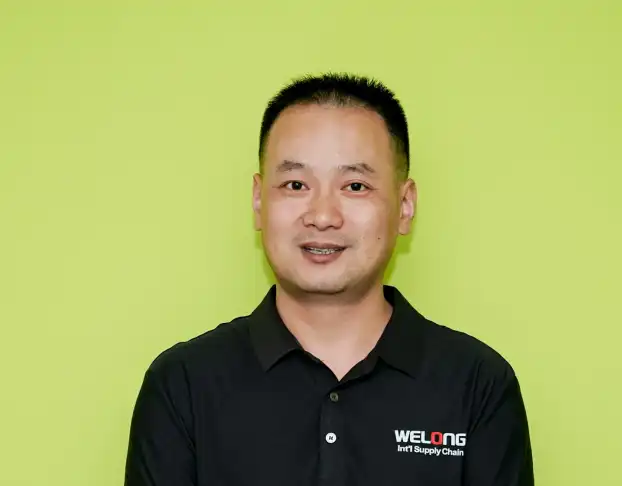Composition and Material Innovations in Furnace Rolls
Traditional Materials and Their Limitations
Historically, furnace rolls were predominantly crafted from cast iron or basic steel alloys. These materials offered adequate performance for low to moderate temperature applications but struggled in more demanding environments. The limitations of traditional materials included susceptibility to thermal shock, rapid wear in corrosive atmospheres, and compromised structural integrity at elevated temperatures. As industrial processes evolved, the need for more robust and versatile furnace roll materials became increasingly apparent.
Advanced Alloys and Composite Materials
Modern furnace roll technology has embraced a wide array of advanced materials to address the shortcomings of traditional options. High-performance alloys, such as heat-resistant stainless steels and nickel-based superalloys, have become staples in advanced furnace roll production. These materials offer exceptional resistance to high-temperature oxidation, creep, and thermal fatigue. Additionally, ceramic composites and cermet (ceramic-metal) materials have found applications in specialized furnace environments, providing unparalleled resistance to chemical attack and abrasion.
Surface Engineering and Coatings
The advent of sophisticated surface engineering techniques has further enhanced the capabilities of advanced furnace rolls. Thermal spray coatings, such as plasma-sprayed ceramics or high-velocity oxygen fuel (HVOF) applied carbides, can significantly extend roll life by providing a protective barrier against harsh furnace conditions. Moreover, innovative surface treatments like nitriding or boronizing can impart improved hardness and wear resistance to the roll surface without compromising the core material properties.
Design Advancements in Furnace Roll Technology
Traditional Design Approaches
Conventional furnace roll designs often featured simple, solid cylindrical structures with minimal consideration for thermal management or stress distribution. While effective for basic applications, these designs were prone to thermal expansion issues, uneven wear, and limited load-bearing capacity in more demanding scenarios. The simplicity of traditional designs also restricted their adaptability to varying process conditions and material handling requirements.
Innovative Structural Concepts
Advanced furnace roll technologies have introduced sophisticated design concepts to optimize performance and longevity. Hollow core designs, for instance, allow for improved thermal management by facilitating internal cooling or heating as needed. Segmented roll designs enable easier maintenance and replacement of worn components, reducing downtime and extending overall roll life. Furthermore, computer-aided engineering tools have enabled the development of complex geometries that optimize stress distribution and minimize thermal gradients across the roll surface.
Integration of Smart Technologies
The integration of smart technologies represents a significant leap in furnace roll design. Embedded sensors and monitoring systems allow for real-time tracking of roll temperature, wear, and performance metrics. This data-driven approach enables predictive maintenance strategies, optimizing roll utilization and preventing unexpected failures. Additionally, some advanced designs incorporate active cooling systems or dynamic surface texturing capabilities, allowing rolls to adapt to changing process conditions on the fly.
Performance and Efficiency Comparisons
Thermal Performance and Heat Management
Traditional furnace rolls often struggle with thermal management, leading to uneven heating, thermal shock, and reduced operational efficiency. Advanced technologies, however, excel in this area. Through the use of specialized materials and innovative cooling systems, modern furnace rolls can maintain more consistent temperatures across their surfaces. This improved thermal performance translates to better product quality, reduced energy consumption, and extended roll life spans. The ability to operate at higher temperatures without compromising structural integrity also allows for increased production rates in many industrial processes.
Wear Resistance and Longevity
One of the most significant advantages of advanced furnace roll technologies is their superior wear resistance. While traditional rolls may require frequent replacements due to surface degradation or structural failure, advanced rolls can often operate for extended periods without significant wear. This enhanced longevity is achieved through a combination of advanced materials, optimized designs, and sophisticated surface treatments. The result is reduced downtime for maintenance, lower replacement costs, and improved overall process efficiency.
Operational Efficiency and Cost-Effectiveness
When comparing traditional and advanced furnace roll technologies, the initial investment in advanced solutions may be higher. However, the long-term operational benefits often outweigh these upfront costs. Advanced rolls typically offer improved energy efficiency, reduced maintenance requirements, and increased production capabilities. These factors contribute to lower overall operational costs and improved return on investment over the life cycle of the equipment. Additionally, the ability of advanced rolls to handle a wider range of materials and process conditions provides greater flexibility and potential for process optimization.
In conclusion, the differences between traditional and advanced furnace roll technologies are substantial and multifaceted. From innovative materials and design concepts to enhanced performance and efficiency, advanced technologies offer significant advantages across various industrial applications. As industries continue to push the boundaries of thermal processing and material handling, the role of advanced furnace roll technologies in enabling these advancements cannot be overstated. For more information on cutting-edge furnace roll solutions and how they can benefit your specific industrial processes, please contact us at info@welongpost.com.



